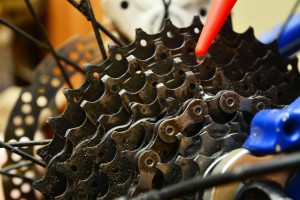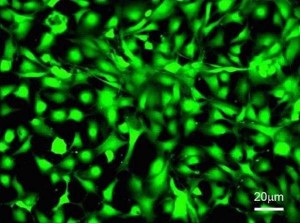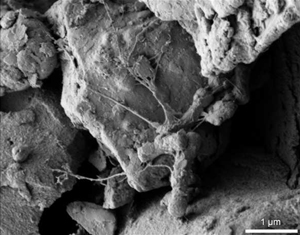
The shock wave device does not need to touch the mouse to trigger the drug release
Scientists in India have developed a shock wave-based drug delivery system that could be used to administer insulin in diabetic patients and reduce the need for painful injections. A similar strategy could also increase the efficacy of antibiotic treatment to diabetic wounds.
In recent years, stimuli responsive drug delivery systems have come to the fore. Such systems enable greater control over where and when drugs are released in the body, ultimately providing more localised and sustained treatment with better overall results. Systems that are responsive to external stimuli such as ultrasound, infrared light and magnetic fields have all been reported, but often require specialist equipment that can be expensive to buy or difficult to operate, and this has limited their application in real clinical situations.
To read the full article please visit Chemistry World.
Remotely triggered micro-shock wave responsive drug delivery system for resolving diabetic wound infection and controlling blood sugar levels
Divya Prakash Gnanadhas, Monalisha Elango, Midhun Ben Thomas, Jagadeesh Gopalan and Dipshikha Chakravortty
RSC Adv., 2015,5, 13234-13238
DOI: 10.1039/C4RA15270K, Paper


















